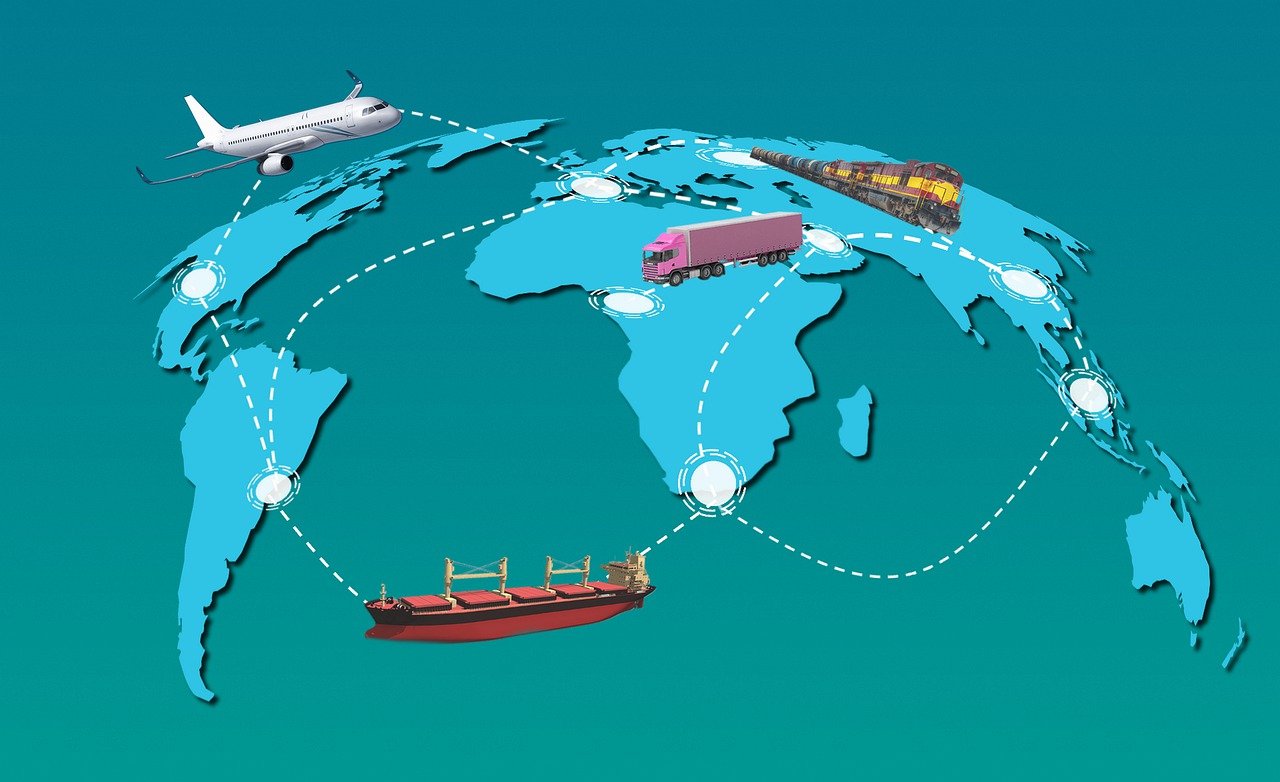Things Your Business Could Be Missing Out on With Your Supply Chain Software
Businesses look for supply chain solutions for suppliers to meet their demands and increase their efficiency. Software plays a key role in improving supply chain processes. Adopting new technology comes with some risk, especially if it affects existing supply chain solutions. Here are things your business could miss out on with your supply chain software:
Common Problems That You May Encounter with Your Supply Chain Software
High Logistics Costs
A lot of misinformation from one department to another frequently results from inefficiency. Inefficiency makes it hard to integrate data from each unit immediately, subjecting stock supply to inaccuracy.
Lack of inventory can lead to the need to restock, increasing transportation costs. Delays in dispensing raw materials and commodities could lead to a loss of stock or customer orders.
Inventory Mismanagement
Every business needs to track its inventory. The company can mismanage the inventory due to the huge amounts of commodities that travel through the supply chain. Companies can record outgoing and incoming items inaccurately, leading to inaccurate financial statements.
The result will be the warehouse overflowing with finished goods and raw materials or experiencing shortages altogether. When an expired product is stored in the warehouse for a long time, it can be damaged.
Decreasing Customer Service
Companies that deliver the items that customers need are an added value. Inventory management errors can affect the quality of the products that should be shipped. The company’s market value can be easily affected by incorrect consumer requests.
Challenges in Sales and Operation Planning (SOP)
Incorrect information can affect sales predictions. The report of each sale and demand helps businesses make decisions. If the report is inaccurate, it becomes difficult to estimate the demand of consumers in line with the company and market demands. Challenges in SOP can affect transportation preparation, operational activities, and labor planning.
Solutions
Increase Your Visibility
Supply chain visibility refers to tracking each product as it moves from the supplier to your company. Invest in supply chain software that allows suppliers to view your inventory in real-time. They will know your current situation and plan to fulfill your future demands.
Your team should be able to use the software to access details about incoming and outgoing products to help them strategize your counts well. Visibility helps customers, colleagues, and suppliers manage inventory with minimal communication.
Automate Where Necessary
Pushing suppliers to implement automated components or implementing such processes into a warehouse increases efficiency. Discuss with the warehouse managers, planning team, and higher-ups to identify the best supply chain software to help with automation processes.
Ask questions to determine whether their future goals align with the current process. Identify areas that need changes to keep all the automated parts well-maintained and managed. Provide training to suppliers, planning teams, and warehouse management to make sure that automated parts are well taken care of.
Involve Your IT Department
Management usually consults IT departments when something goes wrong with the existing system or during the implementation of new software. Instead of consulting the IT team during desperate times, consult with them about changes to software that could help with your supply chain processes.
Your IT department has the knowledge to help you identify the best supply chain software for your needs. They understand the changes in technology in the supply management industry. They will advise you on what to do to get ahead of your competitors.
Come Up With an Exceptional Project Plan
Improving supply chain efficiency is an ongoing process. You need an extensive project plan to keep working towards your goals continuously. An effective project plan will act as a framework to guide you in choosing a supply chain software that will help you identify risks and opportunities to facilitate decision-making.
Refer to your project plan for all your investments and decisions to align with your supply chain objectives. Check your training programs to identify any efficiency issues.
Schedule time with heads of all departments and review the training materials. Confirm that they are productivity-focused and up-to-date.
Find the Best Supply Chain Solutions Software
Look for supply chain solutions software, especially if you send multiple purchase orders daily. Choose software with detailed information about the vendors, late deliveries, etc. The right software will cause minimal disruption to your normal activities and buyers, helping you to save time.

